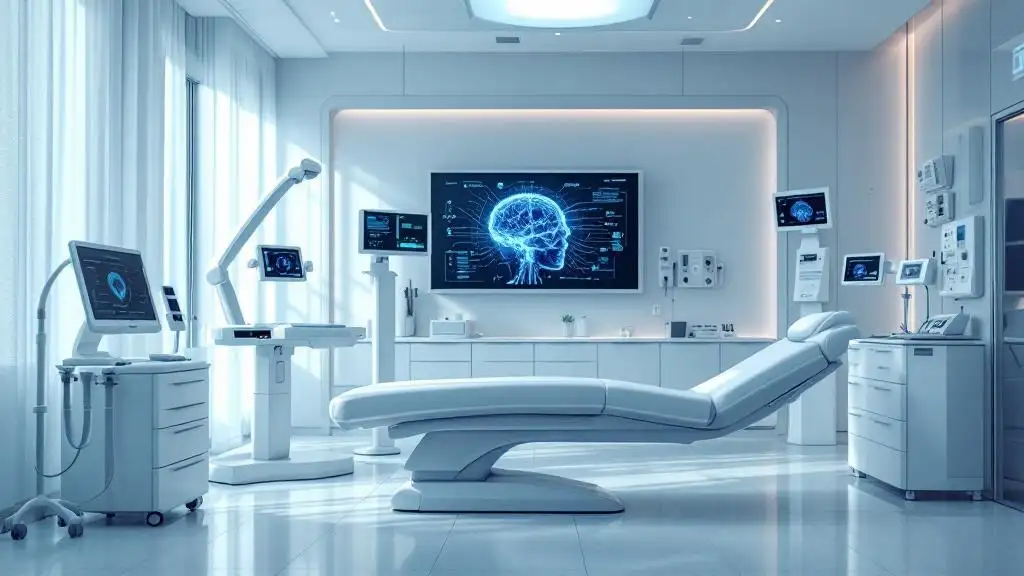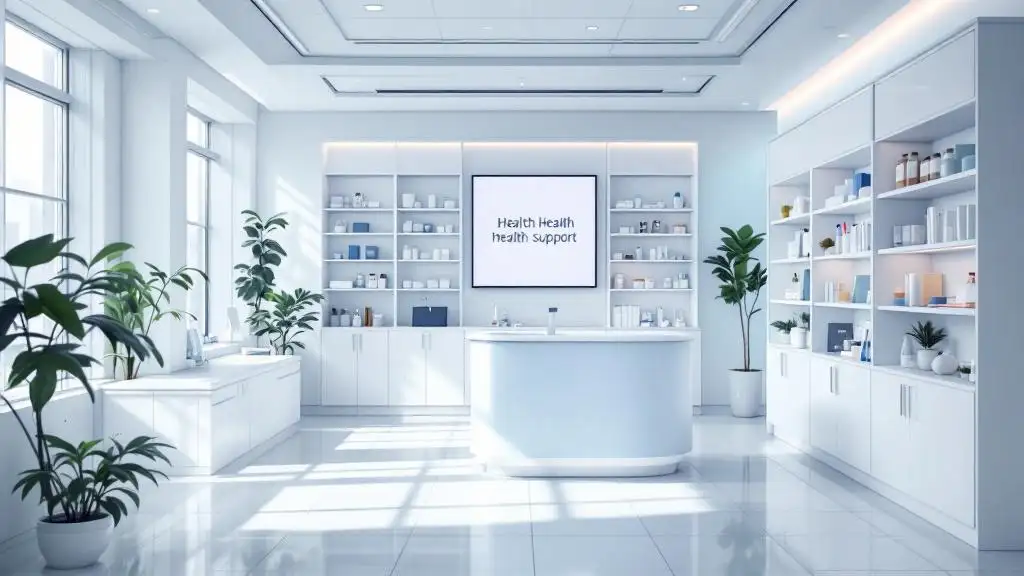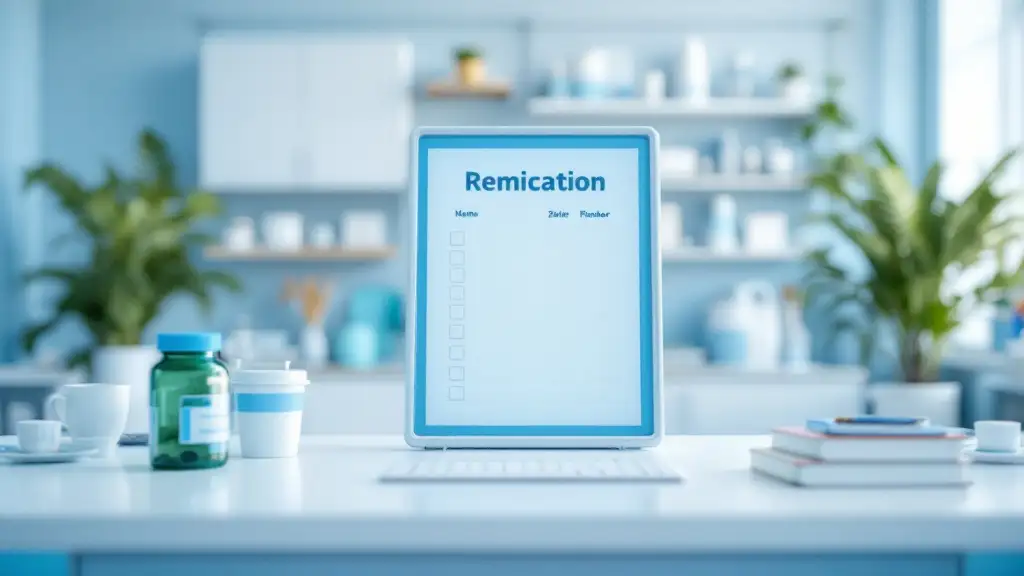Understanding the Need for Effective Drug Interaction Management
Drug interactions pose a significant challenge to ensuring safe and effective medication use. They can occur between drugs, foods, supplements, or even due to genetic factors, leading to reduced efficacy and increased risk of adverse effects. Addressing these interactions requires a comprehensive approach that incorporates patient education, technological tools, and systemic safety measures.
Mechanisms of Drug Interactions and Their Impact
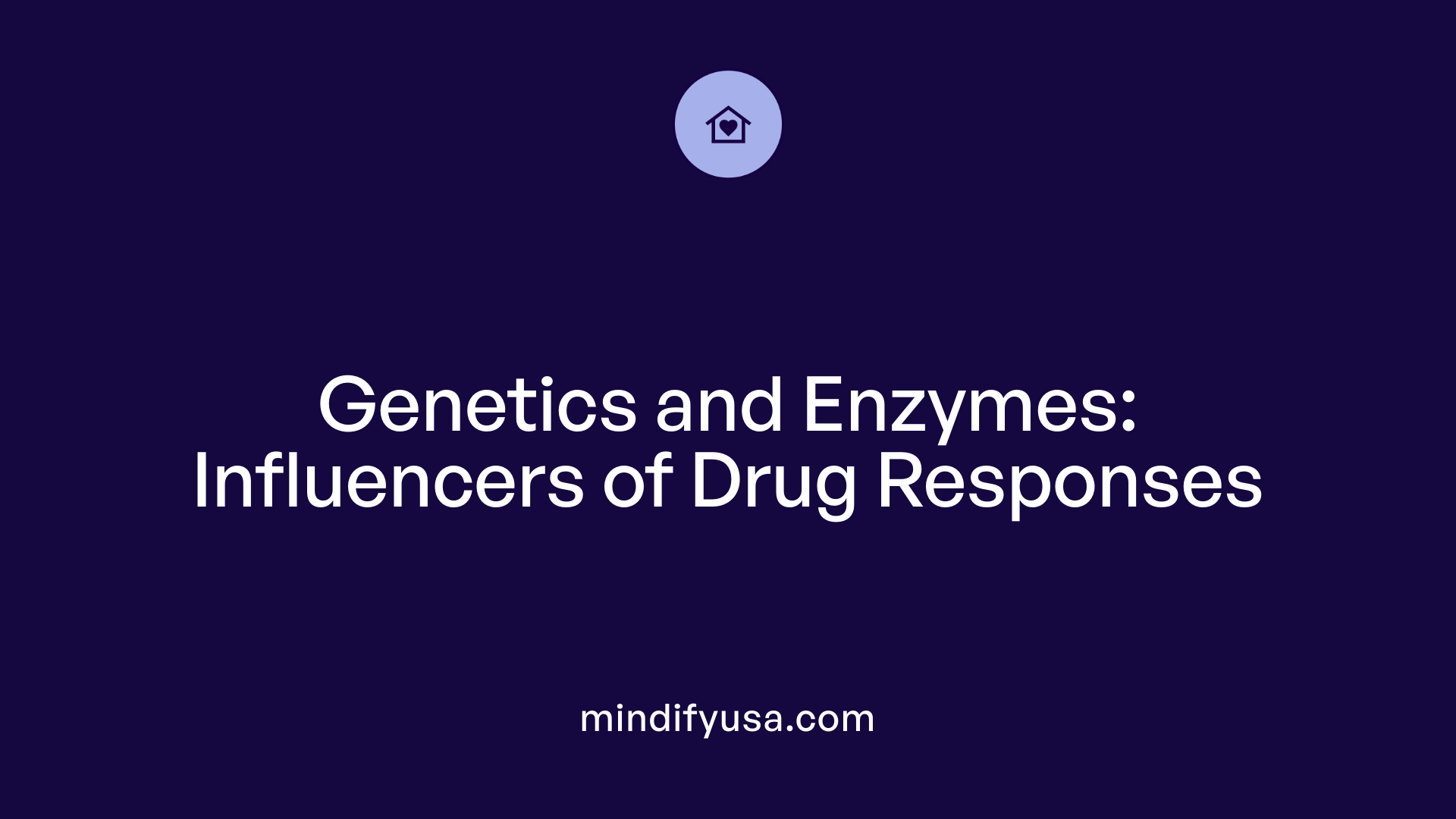
How do drug–drug and drug–gene interactions occur, and why are they important?
Drug–drug and drug–gene interactions happen when multiple medications or genetic differences influence how a drug behaves in the body. These interactions can change the effectiveness of therapies and increase the risk of side effects.
At the core of many interactions are enzymes and transporters that regulate drug metabolism and transport. Cytochrome P450 enzymes, particularly CYP3A4 and CYP2D6, play a significant role in this process. For instance, certain drugs can inhibit or induce these enzymes, altering the breakdown of other medications. When metabolism is slowed, drug levels may become toxic; when it speeds up, drugs may become less effective.
Drug transporters, such as P-glycoprotein and OATP1B1, influence drug absorption and distribution by controlling how drugs cross cell membranes. Modulation of these transporters can impact how much of a drug reaches its target tissues.
Genetic polymorphisms add another layer to these interactions. Variations in genes coding for CYP enzymes can lead to different metabolizer statuses: poor, intermediate, extensive, or ultra-rapid. For example, a person with a CYP2D6 ultra-rapid genotype may process certain medicines too quickly, reducing their effectiveness, while a poor metabolizer might experience increased side effects due to slower drug clearance.
Understanding these mechanisms is vital for predicting and preventing adverse interactions. This knowledge helps clinicians tailor treatments based on individual genetic profiles, a process known as pharmacogenomics. For example, testing for CYP2D6 polymorphisms can guide medication choices and dosing.
Technological advancements now include decision-support systems integrated into electronic health records, which alert prescribers to potential interactions. Additionally, pharmacogenotyping enables personalized therapy, reducing adverse events.
Medication management also benefits from regulatory guidelines that recommend testing and reporting drug–gene interactions, especially in high-risk populations. Future strategies aim to incorporate comprehensive data analysis of drug interactions, including the integration of chemical structure organization and large-scale safety databases, to better predict and prevent harmful effects.
Overview of Pharmacokinetic and Pharmacodynamic Interactions
| Mechanism Type | Affected Processes | Example | Impact on Therapy | Additional Details |
|---|---|---|---|---|
| Pharmacokinetic | Absorption, Distribution, Metabolism, and Excretion | Grapefruit juice inhibiting CYP3A4, warfarin interactions | Changes in drug blood levels, toxicity risk | Inhibitors or inducers modify how drugs are processed in the body |
| Pharmacodynamic | Effects at target sites, receptor interactions | Combining blood thinners with NSAIDs | Increased bleeding risk, counteracting effects | Additive or opposing interactions affecting drug efficacy or safety |
Role of Cytochrome P450 Enzymes and Drug Transporters
Cytochrome P450 enzymes are responsible for metabolizing roughly 75% of all drugs. Variability in enzyme activity influences how quickly or slowly drugs are processed.
- Inhibition: Some drugs block CYP enzymes, leading to increased levels of other drugs. For example, ketoconazole inhibits CYP3A4, potentially causing toxicity.
- Induction: Other medications can increase enzyme activity, reducing drug levels. Rifampin is a classic inducer of several CYP enzymes.
Drug transporters like P-glycoprotein (P-gp) serve as gatekeepers, affecting drug entry and exit across cell membranes. When affected, they can alter drug absorption from the gut or elimination via the liver and kidneys.
How Genetic Polymorphisms Affect Drug Metabolism
Genetic differences in CYP enzymes can dramatically influence drug response. Some individuals are poor metabolizers, leading to higher drug levels and risk of adverse reactions. Others are ultra-rapid metabolizers, which may result in subtherapeutic doses.
| Phenotype | Enzyme Activity Level | Example Drugs | Clinical Consequences | Notes |
|---|---|---|---|---|
| Poor Metabolizer | Little or no activity | Codeine (CYP2D6) | Reduced pain relief from codeine | May require dose adjustments or alternative medications |
| Ultra-rapid Metabolizer | Increased activity | Certain antidepressants | Increased risk of toxicity | Genetic testing can inform safer medication choices |
Understanding these genetic variations enables more personalized and safe medication management, reducing the likelihood of harm due to unforeseen interactions.
Search Query for More Information
For further insights into these mechanisms, consider searching terms such as "cytochrome P450 enzyme interactions pharmacogenomics drug mechanisms." This will provide extensive studies and reviews on how genetic factors and enzyme modulation impact drug safety and effectiveness.
Strategies to Minimize and Prevent Drug Interactions
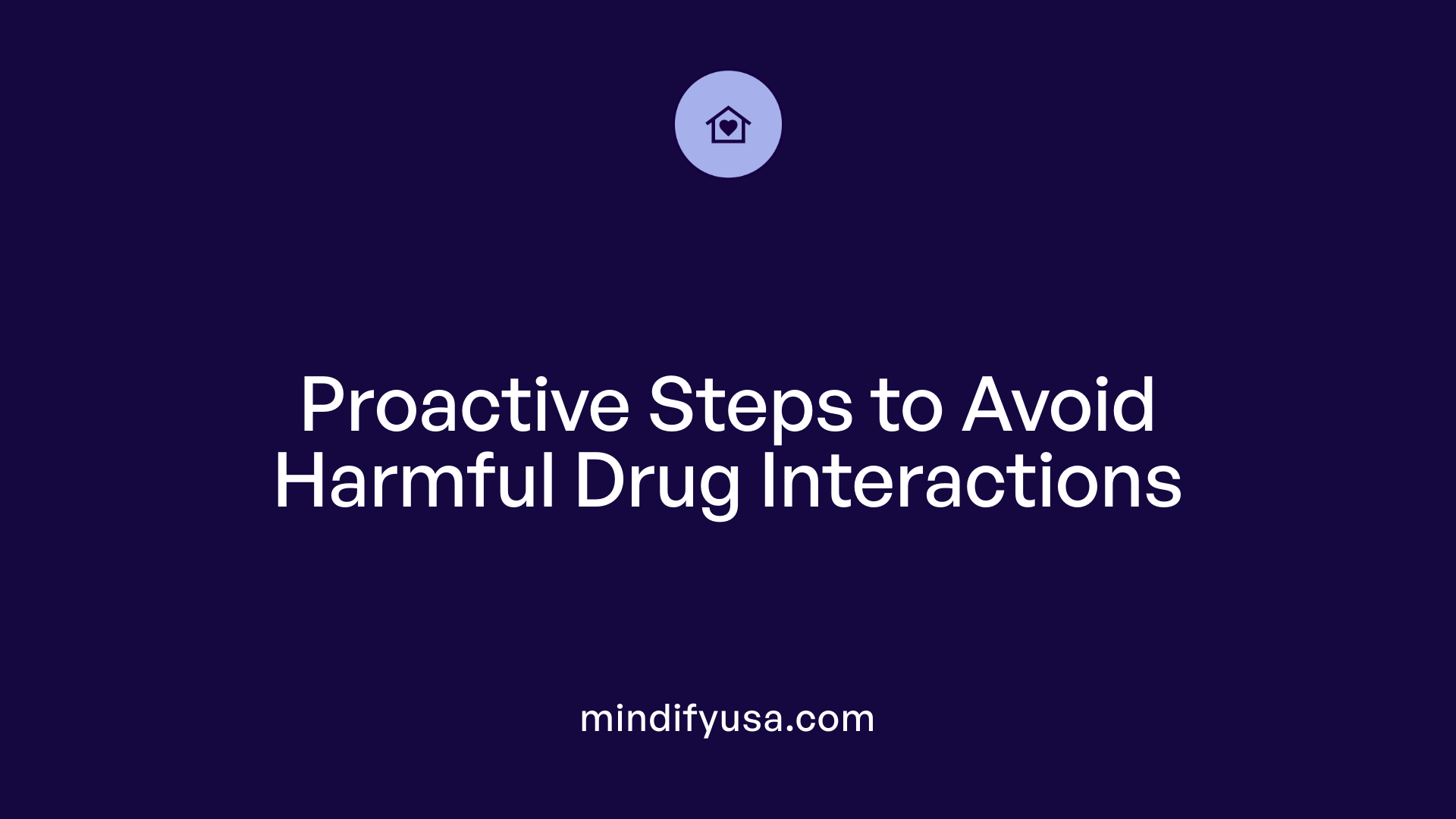
What are effective methods to prevent harmful drug interactions and adverse effects?
Preventing harmful drug interactions involves several practical and proactive steps. One of the most effective is conducting thorough medication reviews and reconciliation, especially when medications are started, changed, or stopped. Pharmacists play a crucial role in this process, helping to ensure that all prescription drugs, supplements, and over-the-counter (OTC) products are accounted for and appropriately managed.
Utilizing computerized clinical decision support systems and drug interaction checkers can significantly aid healthcare providers. These digital tools scan medication lists and flag potential interactions before prescriptions are finalized, reducing the risk of adverse effects.
Patient education is equally important. Patients should understand how to correctly take their medications, including potential food and beverage interactions. For example, grapefruit juice can increase the potency of statins, and alcohol may dangerously interact with certain antidepressants or pain medications.
To enhance oversight, patients are encouraged to fill all prescriptions at a single pharmacy. This practice ensures that pharmacists have a complete view of all medications, which simplifies interaction screening.
Open communication with healthcare providers is vital. Patients should inform their doctors and pharmacists about all medications, supplements, and herbal products they are using. Asking questions about new prescriptions helps clarify potential risks. Avoiding self-medication and unapproved substances further minimizes interaction risks.
Maintaining a vigilant approach—such as regular medication reviews, asking about drug interactions, and adhering strictly to prescribed dosages—can greatly reduce the chance of adverse effects and improve overall medication safety.
The Role of Digital Tools in Managing Drug Interactions
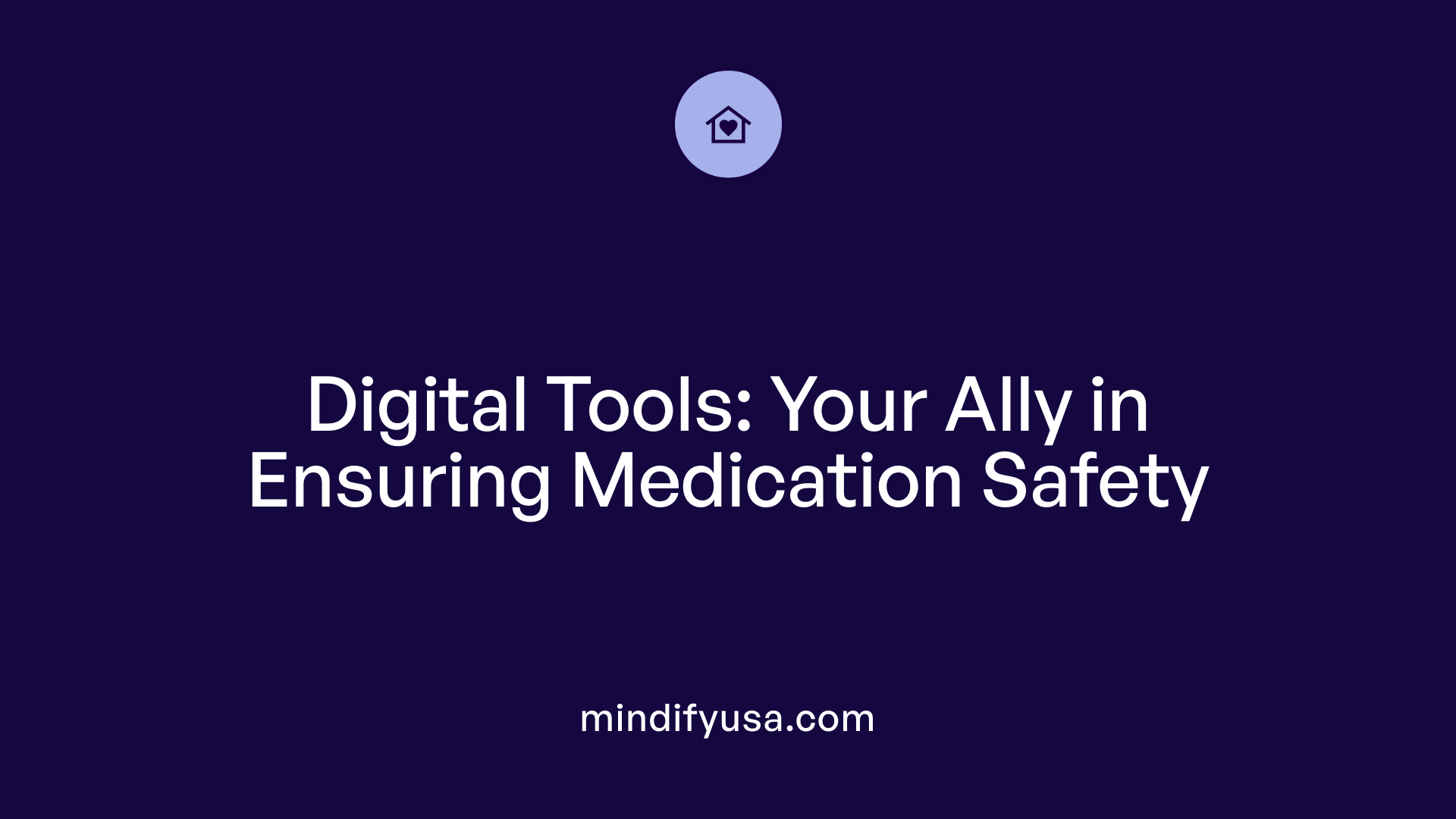
Are there digital tools available to check for drug interactions?
Yes, numerous digital tools are designed to assist in identifying potential drug interactions before they cause harm. These tools are invaluable for both healthcare providers and patients aiming to ensure safe medication practices.
Online drug interaction checkers such as Drugs.com and WebMD are easily accessible platforms where users can input multiple drugs, herbal supplements, or food items to examine possible interactions. These platforms offer comprehensive databases that analyze common and less-known interactions, highlighting potential risks like increased toxicity or decreased drug efficacy.
Specialized databases like DrugBank provide more in-depth assessments. Their drug-drug interaction checker features advanced algorithms that evaluate multi-drug regimens, offering detailed insights into how medications may work together or interfere with each other. These tools often include information about mechanisms (e.g., enzyme inhibition or induction), predicted severity, and recommended actions.
Features of digital tools have expanded significantly. Many now generate personalized reports tailored to an individual's medication list. These reports categorize interactions by severity—from minor to major—and provide guidance on management, such as dose adjustments or alternative therapies.
Integration into clinical workflows is a growing trend. Electronic Health Records (EHRs) often include built-in clinical decision support systems (CDSS). These systems automatically check medication orders against patient records for potential interactions at the point of prescribing. Alerts generated by these systems can alert clinicians instantly to high-risk interactions, reducing the likelihood of errors.
Both clinicians and patients are increasingly turning to these digital resources. Healthcare providers use them during consultations or prescription writing, while patients can check their medications or supplements at home. This shared approach empowers patients, encourages informed decision-making, and supports safe medication management.
In summary, digital drug interaction checkers are essential tools in modern medicine, helping to prevent adverse drug events by providing timely, detailed information about potential interactions. Their widespread use exemplifies how technology can enhance medication safety and improve health outcomes.
Enhancing Safety Through Education and Best Practices
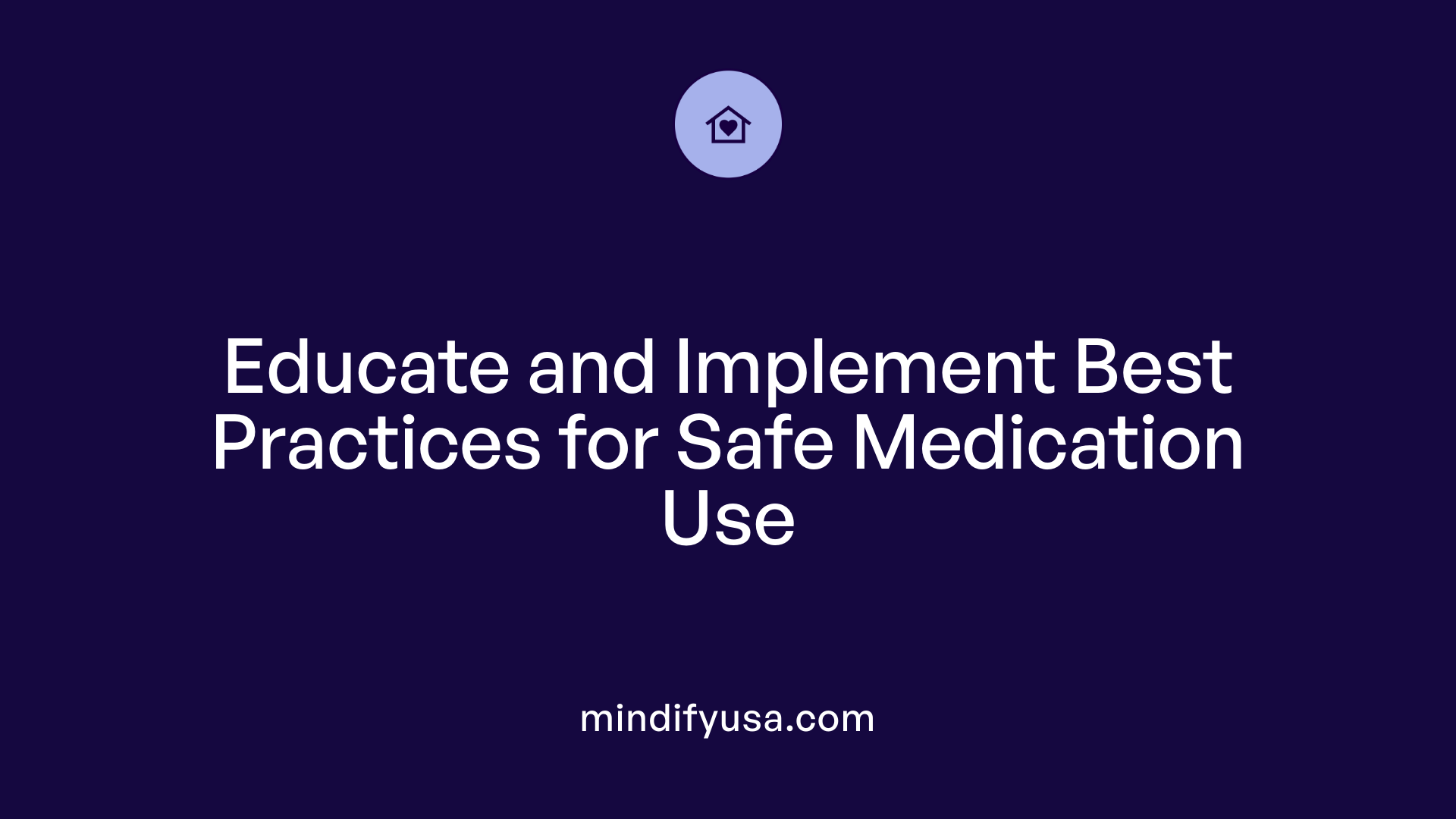
How can medication safety be improved through education and best practices?
Improving medication safety fundamentally depends on education and the adoption of established best practices. Educating healthcare professionals ensures they are well-versed in the latest guidelines, safe prescribing behaviors, and effective communication strategies. For patients, understanding their medications—how to take them properly, potential side effects, and interactions—reduces errors and adverse events.
Professional organizations like the American Society of Health-System Pharmacists (ASHP) and the Centers for Disease Control and Prevention (CDC) provide targeted training programs and resources. For instance, the ASHP offers the Medication Safety Certificate, which trains pharmacists and healthcare providers in safe medication practices. Additionally, CDC campaigns such as "Up and Away" focus on raising awareness about medication safety in the community.
Implementing evidence-based best practices, such as those outlined by the Institute for Safe Medication Practices (ISMP), helps prevent errors during medication administration. These include standardized procedures for verifying medication orders, double-checking high-risk drugs, and proper labeling.
Effective communication also plays a crucial role. Clear documentation within electronic health records (EHRs), standardized order entry procedures, and thorough medication reconciliation at transitions of care prevent misunderstandings. Training providers to communicate effectively with patients fosters trust and adherence.
Technology integration—like clinical decision support systems (CDSS) that flag potential interactions—supports safe prescribing. Automated dispensing systems and barcode verification further reduce human error.
Public awareness initiatives complement professional education by providing accessible educational materials in multiple formats—brochures, websites, community workshops—that inform the public about safe medication use.
In summary, targeted education, adherence to best practices, technological support, and public awareness all work synergistically to create a culture dedicated to medication safety. This holistic approach helps minimize errors, reduce adverse drug events, and promote better health outcomes for all patients.
Patient Engagement and Awareness in Medication Safety
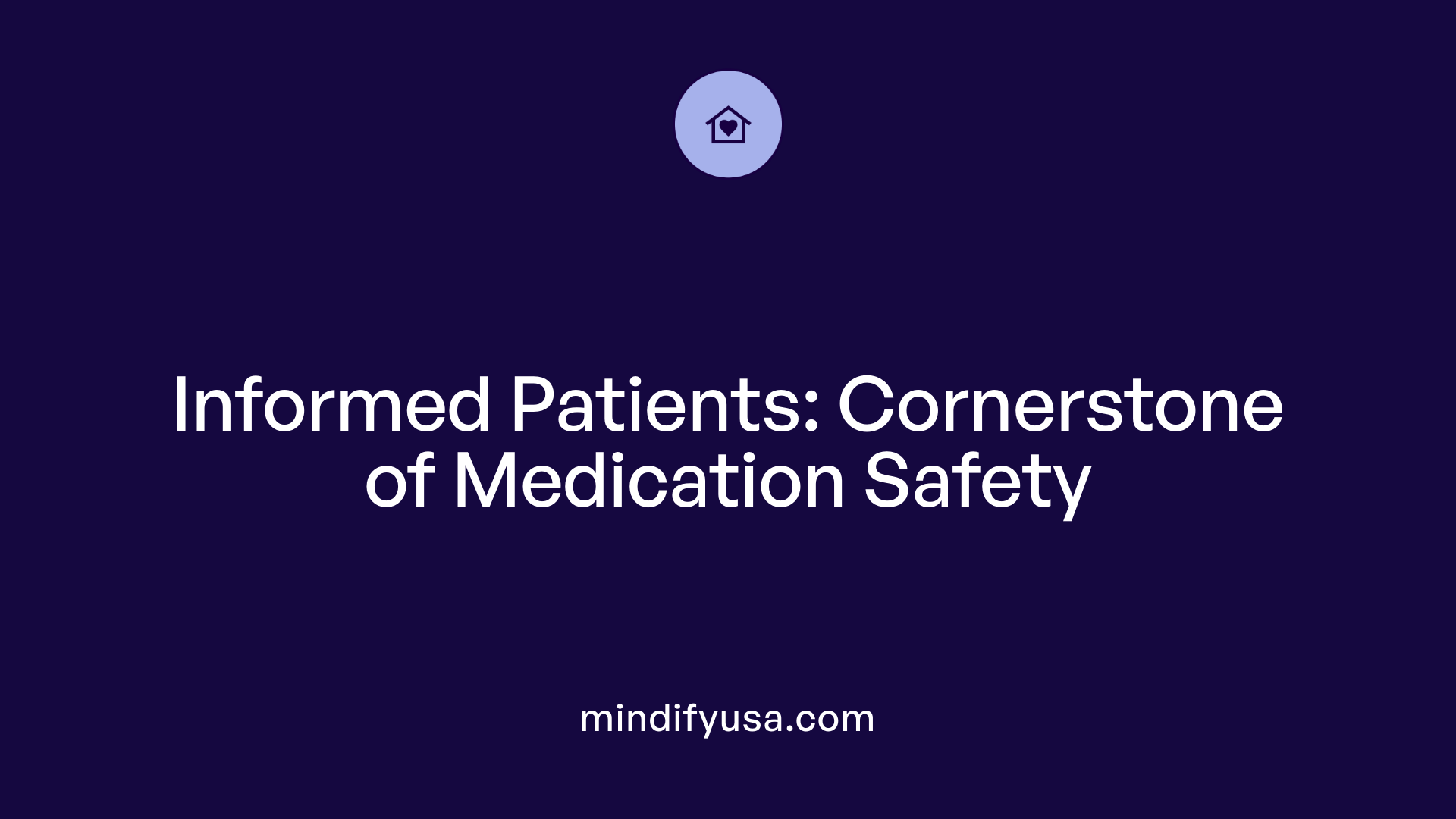
Why is patient awareness crucial in medication safety?
Patient awareness plays a vital role in ensuring medication safety for several reasons. When patients understand their prescriptions, including the purpose, proper dosing, and potential side effects, they are more likely to follow instructions accurately. This reduces the chances of common errors like taking the wrong dose or timing.
An informed patient can also recognize early signs of adverse reactions or drug interactions. Promptly communicating these signs to healthcare providers can prevent complications and enable timely interventions.
In addition, patient knowledge enhances medication reconciliation processes. Patients who actively manage and review their medication lists—especially when switching providers or pharmacies—help identify discrepancies or potential interactions.
Furthermore, awareness fosters a culture of safety where patients feel comfortable asking questions, voicing concerns, or reporting errors. This open communication improves overall medication management and safety.
Ultimately, educated and engaged patients are key partners in reducing medication errors, adverse drug reactions, and hospitalizations, contributing to safer healthcare outcomes.
Adjusting Medication Regimens to Minimize Interactions
How can medication plans be adjusted to reduce drug interactions?
Effectively reducing drug interactions begins with a thorough review of all medications a patient is taking. Healthcare providers should utilize comprehensive tools such as the NO TEARS and STOPP criteria to identify potentially inappropriate medications and interactions that could compromise safety.
Understanding and carefully managing the purpose and timing of each drug is equally important. Patients should be educated on how and when to take their medications—this knowledge helps prevent harmful pharmacokinetic interactions and ensures proper absorption and efficacy.
Consolidating prescriptions at a single pharmacy allows pharmacists to access the complete medication profile. This makes it easier to spot potential interactions, offer guidance, and make necessary adjustments. Pharmacists can also provide tailored advice on dosing and timing, further reducing the risk of adverse effects.
Diet plays a significant role in medication safety. Patients are advised to limit foods and beverages like grapefruit juice, which inhibits certain enzymes such as CYP3A4. This interaction can cause higher-than-expected drug levels, leading to toxicity. Additionally, moderating alcohol intake is crucial, especially with medications like antidepressants or blood thinners, as alcohol can dangerously enhance medication side effects.
Collaboration among healthcare professionals—including doctors, pharmacists, and specialists—is vital for optimizing medication regimens. Regular communication helps in deprescribing unneeded drugs, adjusting doses, or changing medications to safer alternatives.
Patients should also be encouraged to document any recent changes in medication, diet, or health conditions and maintain openness in discussions with their healthcare team. This ongoing dialogue supports proactive management of potential interactions.
Implementing these strategies—comprehensive medication reviews, understanding drug purpose, consolidated pharmacy use, dietary vigilance, and professional collaboration—can significantly minimize drug interactions. These practices not only reduce side effects and enhance drug effectiveness but also promote safer health outcomes for patients.
Future Perspectives in Reducing Drug Interactions
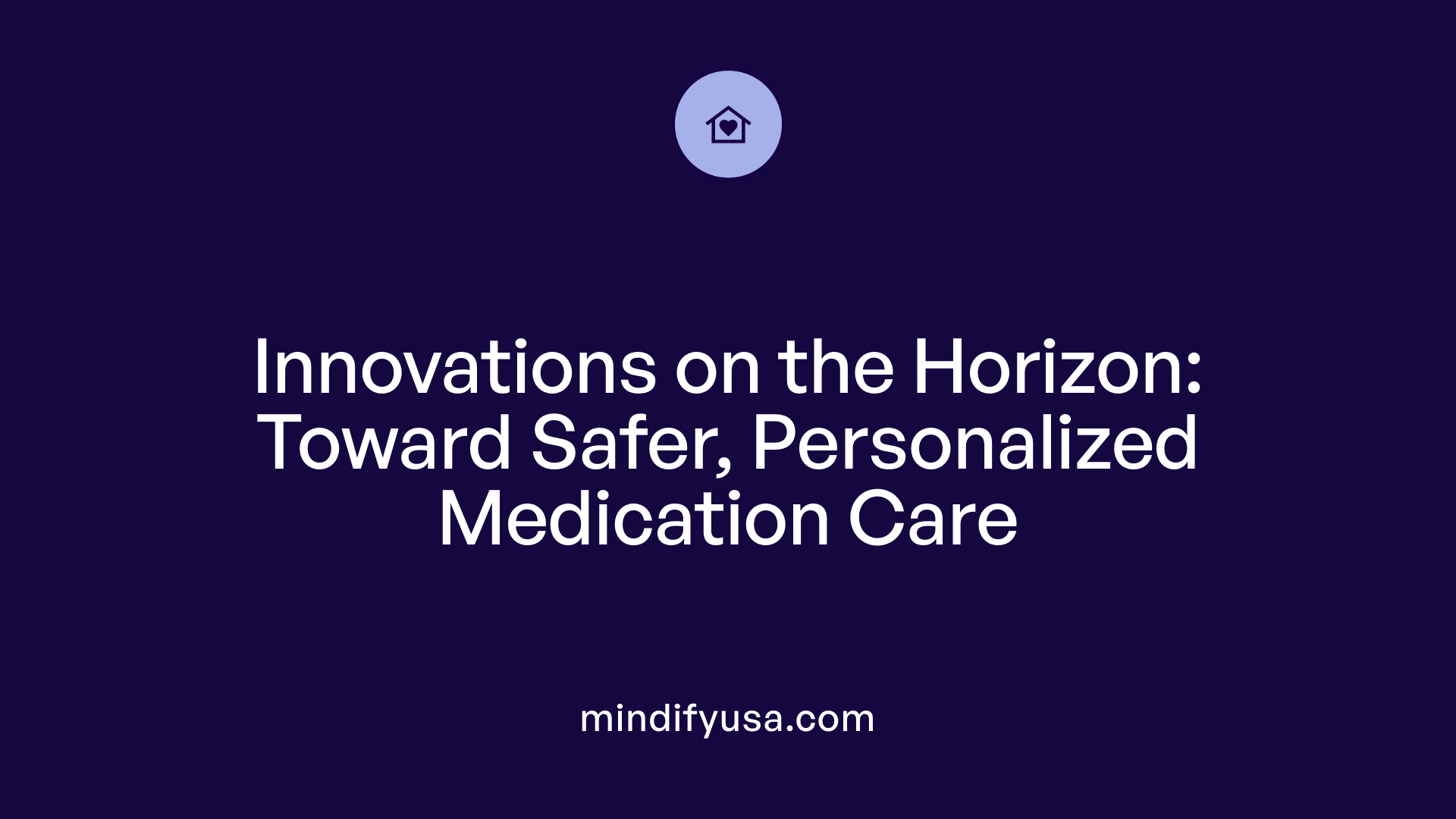
What are future developments in reducing drug interactions?
The landscape of medication safety is poised for significant improvement through various innovative approaches. A central focus is on advancing pharmacogenomics and personalized medicine. By understanding individual genetic profiles, clinicians can tailor drug choices and dosages to minimize adverse interactions and enhance effectiveness.
Modern development includes the creation of integrated decision-support software. These tools, embedded within electronic health record (EHR) systems, provide real-time alerts about potential drug interactions before prescriptions are finalized. Such software can analyze a patient's full medication list, including OTC products and supplements, to detect risks and suggest safer alternatives.
Regulatory initiatives are evolving to require more comprehensive drug testing. Future guidelines are expected to mandate interaction screenings involving polymorphic enzymes like cytochrome P450 isoenzymes and multiple drug combinations. This proactive approach aims to identify potential issues early, even during development phases.
Research efforts continue to deepen understanding of key enzymes such as cytochrome P450, which plays a significant role in drug metabolism. By dissecting how these enzymes influence metabolism, scientists can predict interactions more accurately and design medications with reduced interaction potential.
Another promising avenue is the implementation of pharmacogenotyping in routine clinical practice. Rapid genetic testing can inform prescribers about a patient’s specific metabolizer status—poor, normal, or ultrarapid—enabling more precise dosing and reducing the risk of interactions that could lead to toxicity or therapeutic failure.
Overall, these advancements aim to shift the paradigm from reactive management of drug interactions to a predictive and personalized approach. The integration of genetic data, sophisticated software, and rigorous regulation strives to reduce adverse drug events, improving patient safety on a broad scale.
| Future Development Area | Description | Impact | |---------------------------|-------------|---------| | Pharmacogenomics | Using genetic testing to tailor medications | Reduced adverse reactions | | Decision-support systems | Software alerts for potential risks | Prevention of harmful interactions | | Regulatory testing | Mandatory screening of drug interactions | Safer drug development | | Enzyme research | Deepening understanding of P450 and transporters | Improved predictive models | | Clinical implementation | Routine pharmacogenotyping | Personalization of therapy |
Implementing these strategies collectively will foster safer medication practices, leading to personalized therapies that block potential adverse interactions before they affect patients.
Building a Safer Future in Medication Management
Incorporating advances in pharmacology, technology, and patient engagement can dramatically reduce the risk of adverse drug interactions. Healthcare systems must prioritize comprehensive medication reviews, leverage digital decision support tools, and promote continuous education for providers and patients alike. A culture of safety, characterized by transparent communication, meticulous documentation, and proactive monitoring, is essential for minimizing preventable harm. Embracing personalized medicine through pharmacogenomics and regulatory enhancements will further optimize medication plans. Ultimately, empowered patients and informed healthcare professionals working together will lead to safer, more effective medication use and a significant reduction in drug-related harm.
References
- 7 things you can do to avoid drug interactions - Harvard Health
- Preventing Drug Interactions - Rush University Medical Center
- Medication Dispensing Errors and Prevention - StatPearls - NCBI
- Top 9 Ways to Prevent a Deadly Drug Interaction - Drugs.com
- Minimize Medicine Risk: Prevent Medication Interactions - BeMedWise
- Understanding and preventing drug–drug and drug–gene interactions
- Preventable Adverse Drug Reactions: A Focus on Drug Interactions
- Understanding drug interactions – SPS - Specialist Pharmacy Service
- E-PRESCRIBING TOOLS TO HELP PREVENT ADVERSE DRUG ...
- Targeting continuity of care and polypharmacy to reduce drug–drug ...





















